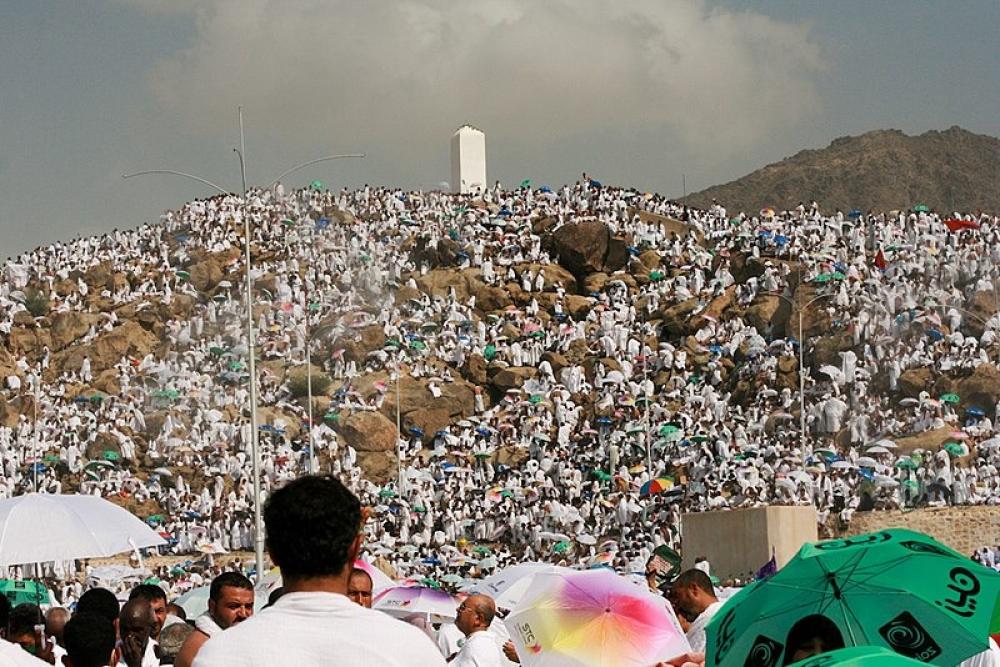Hajj is considered one of the most important rituals in Islam, and it is the fifth pillar of Islam. In the year 1445 AH, the Hajj season witnessed an elaborate organization that combined ancient traditions with modern technology to ensure the safety and comfort of pilgrims.
### Organizational preparations and procedures
The Kingdom of Saudi Arabia prepared for the Hajj season months before the start of the rituals, implementing a set of organizational measures to ensure that things run smoothly. These procedures include:
- **Customization of paths and camps**: The camps were divided according to nationalities and languages to facilitate communication and guidance.
- **Smartphone applications**: Applications have been launched that help pilgrims know important sites, track their journeys, and obtain health and religious instructions.
- **Transport and communications**: Providing modern and comfortable means of transportation for pilgrims between the holy sites (Mecca, Mina, Arafat, and Muzdalifah).
### Technology at the service of pilgrims
Technology has become an integral part of the modern Hajj experience. In 1445 AH, technology played a major role in improving the pilgrims’ experience:
- **Electronic registration**: Electronic registration was approved for pilgrims from various countries, which contributed to facilitating procedures and reducing congestion.
- **Artificial Intelligence and Big Data**: Artificial intelligence techniques were used to analyze the movement of pilgrims and identify patterns that help improve their distribution and direct them more effectively.
- **Robots**: Robots were used to provide logistical and guidance services, which helped relieve pressure on workers in the sanctuary and feelings.
### Health and preventive measures
In light of global health challenges, strict preventive measures have been taken to ensure the safety of pilgrims:
- **Health examinations**: Comprehensive medical examinations were conducted for pilgrims before their arrival to the Kingdom to ensure that they are free of infectious diseases.
- **Vaccinations**: Mandatory vaccinations against common diseases have been imposed.
- **Social Distancing**: Social distancing measures were implemented in holy places and smart bracelets were used to monitor gatherings.
### Rituals and spiritual experiences
Despite the challenges and changes imposed by modern circumstances, Hajj has retained its spirituality and majesty. Pilgrims performed the rituals with reverence and faith, following the Sunnah of the Prophet Muhammad, may God bless him and grant him peace, in performing Tawaf, Sa’i between Safa and Marwah, standing at Arafat, and stoning the Jamarat. These profound spiritual experiences bring together the hearts of Muslims from all over the world and unite them in one ritual of faith.
### Challenges and successes
Despite challenges related to managing large crowds, organization, and health safety, Saudi Arabia managed the Hajj season perfectly. The use of technology and advance planning played a major role in achieving this success.
### Conclusion
The Hajj of 1445 AH was an excellent example of how to balance ancient religious traditions with modern technology. This balance helped improve the pilgrims’ experience and ensure their safety and comfort. Hajj remains a unique faith and spiritual experience, in which the meanings of unity and solidarity are renewed among Muslims around the world.

